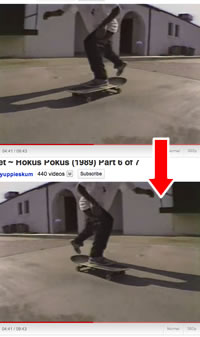Valid HTML markup involves several different contexts and escaping rules, yet many APIs give no precise indication of which context their string return values are escaped for, or how strings should be escaped before being passed in (let’s not even get into character encoding). Most programming languages only have a single String type, so there’s a strong urge to document function with @param string and/or @return string and move on to other work, but this is rarely sufficient information.
Look at the documentation for WordPress’s get_the_title:
Returns
- (string)
- Post title. …
If the title is Stan "The Man" & Capt. <Awesome>, will & and < be escaped? Will the quotes be escaped? “string” leaves these important questions unanswered. This isn’t meant to slight WordPress’s documentation team (they at least frequently give you example code from which you can guess the escaping model); the problem is endemic to web software.
So for better web security—and developer sanity—I think we need a shared vocabulary of string subtypes which can supply this missing metadata at least via mention or annotation in the documentation (if not via actual types).
Proposed Subtypes and Content Models
A basic set of four might help quite a bit. Each should have its own URL to explain its content model in detail, and how it should be handled:
- Unescaped
- Arbitrary characters not escaped for HTML in any way, possibly including nulls/control characters. If a string’s subtype is not explicit, for safety it should be assumed to contain this content.
- Markup
- Well-formed HTML markup matching the serialization of a DocumentFragment
- TaglessMarkup
- Markup containing no literal less-than sign (U+003C) characters (e.g. for output inside title/textarea elements)
- AttrValue
- TaglessMarkup containing no literal apostrophe (U+0027) or quotation mark (U+0022) characters, for output as a single/double-quoted attribute value
What would these really give us?
These subtypes cannot make promises about what they contain, but are rather for making explicit what they should contain. It’s still up to developers to correctly handle input, character encoding, filtering, and string operations to fulfill those contracts.
The work left to do is to define how these subtypes should be handled and in what contexts they can be output as-is, and what escaping needs to be applied in other contexts.
Obvious Limitations
For the sake of simplicity, these subtypes shouldn’t attempt to address notions of input filtering or whether a string should be considered “clean”, “tainted”, “unsafe”, etc. A type/annotation convention like this should be used to assist—not replace—experienced developers practicing secure coding methods.
 My demands for
My demands for